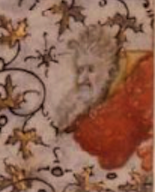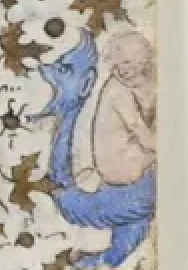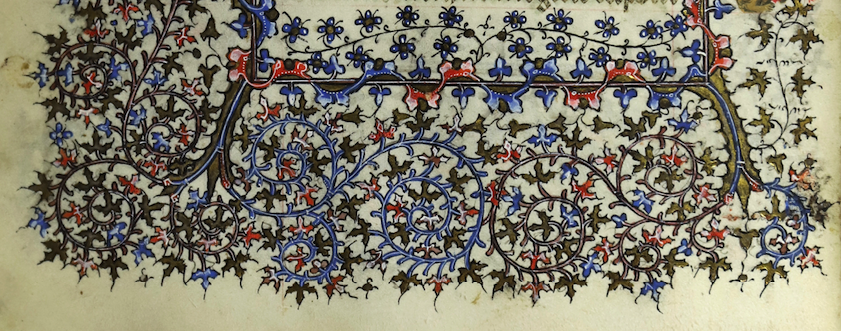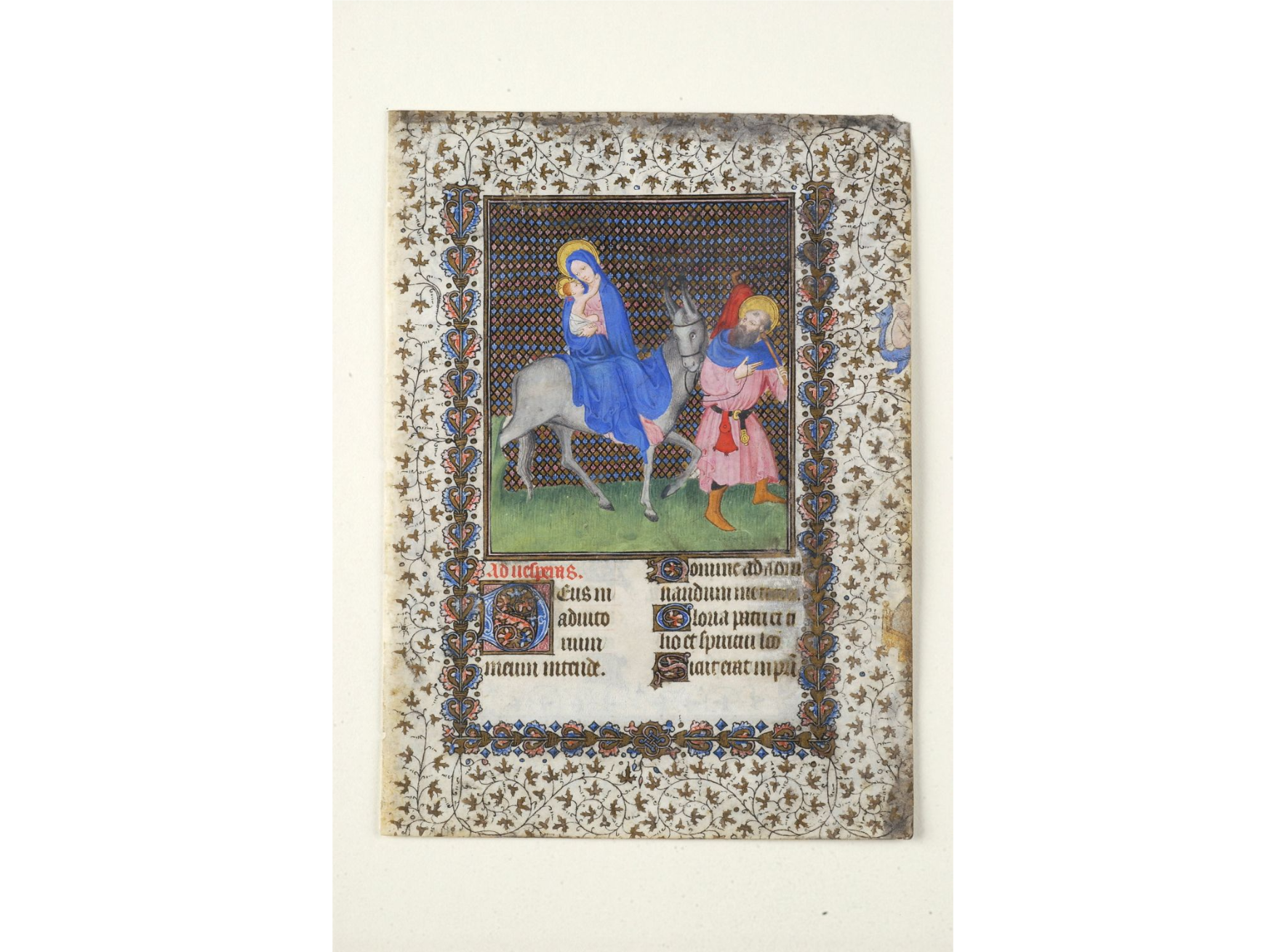Curious bas-de-page in two Bedford-group manuscripts

Today an important manuscript illuminated by the Bedford-group was sold in Bayeux for 620,000 EUR. The original patron is unknown, and there are no coats of arms or donor portraits. One of the unique features of the manuscript is the presence of various bas-de-page, horizontal drolleries beneath the text and before the border.


The Nativity and St. John on Patmos, Book of Hours, use of Paris, Bayeux Enchères
Another manuscript from the Bedford group, which was previously owned by Chester Beatty, has very similar bas-de-page. The manuscript was split up, with leaves in the Princeton University Art Museum, the Museum of Fine Arts Boston, and private collections.


Left: Bas-de-page from The Pentecost, Book of Hours, use of Paris, Bayeux Enchères Right: Base-de-page from The Presentation in the Temple, Princeton University Art Museum, inv. y1979‑37


Left: Bas-de-page from The Last Judgement, Book of Hours, use of Paris, Bayeux Enchères Right: Base-de-page from Funeral Service, Museum of Fine Arts, Boston, 1973.691
Clearly these two bas-de-page were painted by the same hand.
Additionally, when we look at the border drolleries, we can see they are closely related and likely painted by the same hand as well. The patterns are quite similar despite only a few drolleries in the Beatty leaves remaining in good condition. The lack of padding, tightly squeezed spacing between the border foliage, is unusual as well.




The obvious conclusion would be that the same artist panted the borders and the bas-de-page. However there are three things which make me question that. First, in the Bayeux manuscript you can see that the space under the text on the leaves which lack a bas-de-page have a different and significantly lower quality border texture applied. Almost as if a later artist was mimicking the original pattern. Secondly, there are some pages with empty spacing where the bas-de-page is found on other leaves. Considering that there is no indication that the manuscript was left unfinished, this suggests that the bas-de-page could have been added at a later point in time. Thirdly, the stylistic difference in the bas-de-page is noticeable and appears to be later than the borders. The paint is more washed, like watercolor. I am not best equipped to describe the stylistic difference in more detail but it is pretty apparent.


If we assume that the bas-de-page is from a later hand, this has a significant implication for the provenance of both manuscripts. Considering that these two manuscripts come from the same artist, and were/are of high quality and value, it would suggest that an incredibly wealthy patron owned both of the books after ~1420 and commissioned an artist to fill in the extra space with the bas-de-page. I don't have any further conclusions, nor conclusive evidence that the bas-de-page are a later addition. In either case these manuscripts are closely linked together and these bas-de-page may hold an important clue regarding an early patron, which can hopefully be uncovered in the future.
